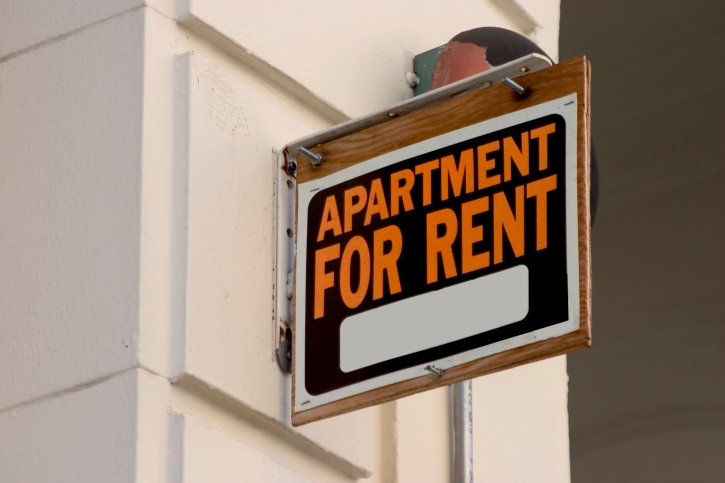When “Rent” Becomes a Four-Letter Word

 For Americans living in rental housing, new data has reaffirmed that the rent is, indeed, too damn high. But the federal government is making an effort to provide greater flexibility for agencies responsible for administering its rental assistance programs.
For Americans living in rental housing, new data has reaffirmed that the rent is, indeed, too damn high. But the federal government is making an effort to provide greater flexibility for agencies responsible for administering its rental assistance programs.
First, the news from Washington: The U.S. Department of Housing & Urban Development (HUD) has previewed a forthcoming new rule designed to ease its regulatory requirements under several of its rental assistance programs, including the Public Housing and the Housing Choice Voucher programs, the Multifamily Housing Programs, the HOME Investment Partnerships Program and the Housing Opportunities for Person with AIDS Program. The new rule, according to HUD, will “impact tenant rental payments, rent determination processes, verification of Social Security Numbers for children of applicants, frequency of utility reimbursement payments, verification of assets and community service completion, grievance procedures, unit inspections, and utility payment schedules.”
“This rule provides a number of much-needed flexibilities that will enable public housing agencies and other housing administrators to operate their programs more efficiently and effectively,” said Lourdes Castro Ramirez, HUD’s principal deputy assistant secretary for public and Indian housing. “We will continue to explore other areas to reduce administrative burden while ensuring grantees’ ability to provide housing assistance to low-income families in communities across the nation.”
For those paying rent, the latest data from Apartment List was not pleasant: Average nationwide rent prices dropped a scant 0.4 percent from January to February, but increased by 3.2 percent from February 2015 to last month. San Francisco continued to hold the position as the most expensive city in the nation for two-bedroom rents (averaging $4,800 for February), while the market experienced 1.2 percent rental price growth over the past 12 months. Vancouver, Wash., once again had the greatest year-over-year rent hikes, with an 11 percent increase—a two-bedroom apartment in this market now averages at $1,100 per month.
Separately, the Make Room advocacy campaign released a report that showed that out of the 736,000 renters in the ten most populous cities in Illinois, more than 200,000 (or 28 percent) devoted more than half their household income on rent and utilities. Make Room argued that a budget stalemate in the Illinois legislature is preventing $25 million in funds from the national HOME Investment Partnerships Program from being used to complete 20 affordable housing developments already under construction.
“Struggles with rent in Illinois are not limited to Chicago alone, and the number of people paying unaffordable rent in many areas is well above the national average,” said Angela Boyd, managing director of the Make Room campaign. “The combination of rising rents and stagnant wages makes it particularly difficult for Illinois renters to make ends meet, let alone build wealth or grow the economy. Unfreezing the $25 million in HOME funds that have already been allocated is just a start; state legislators must make affordable housing a priority to protect renters for the long term.”





